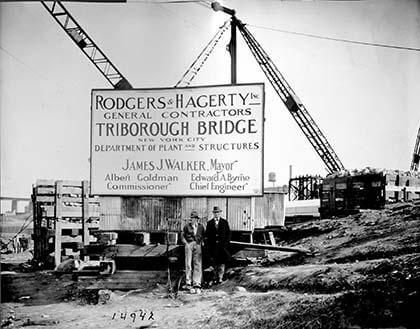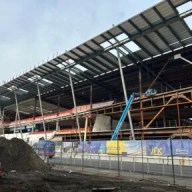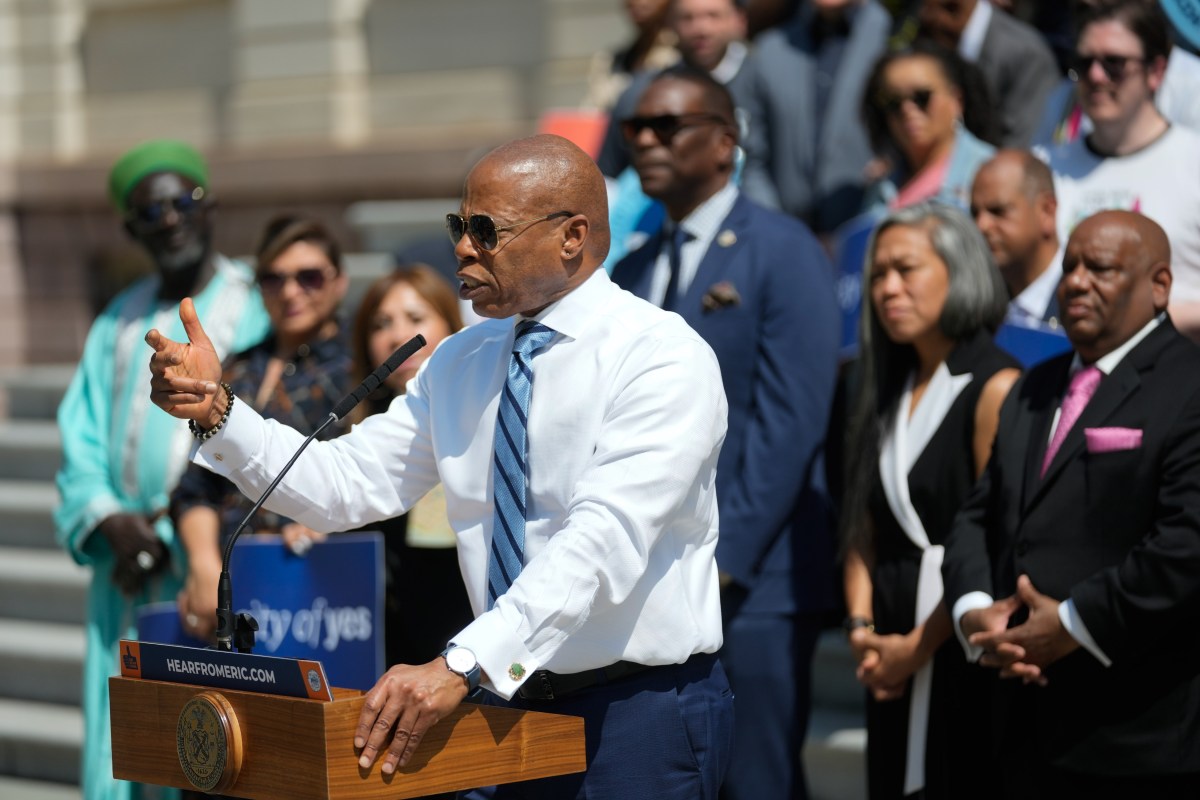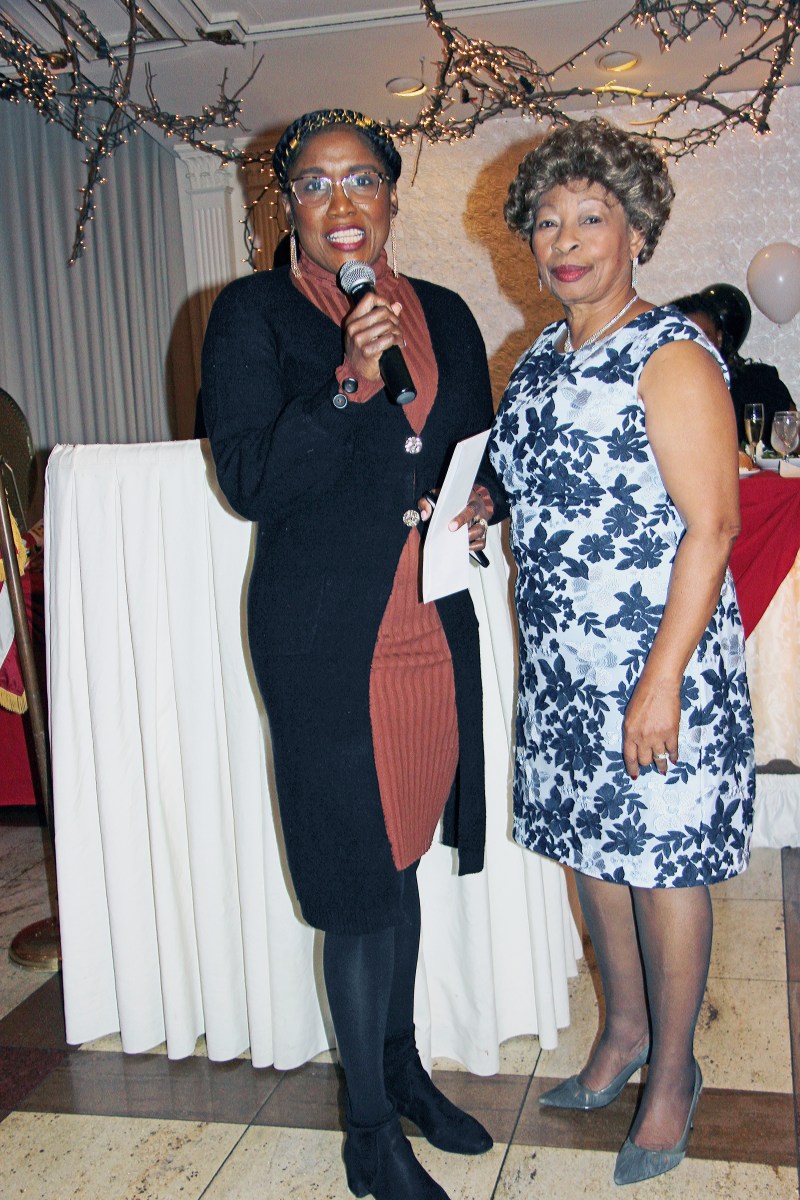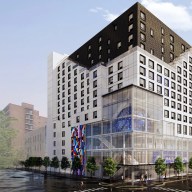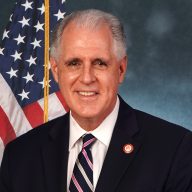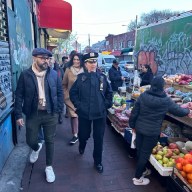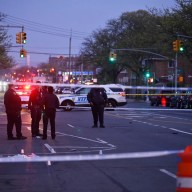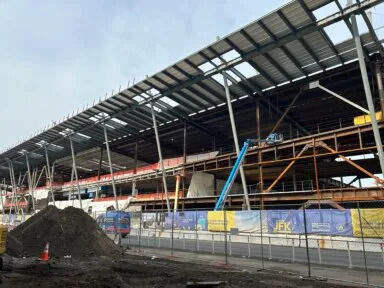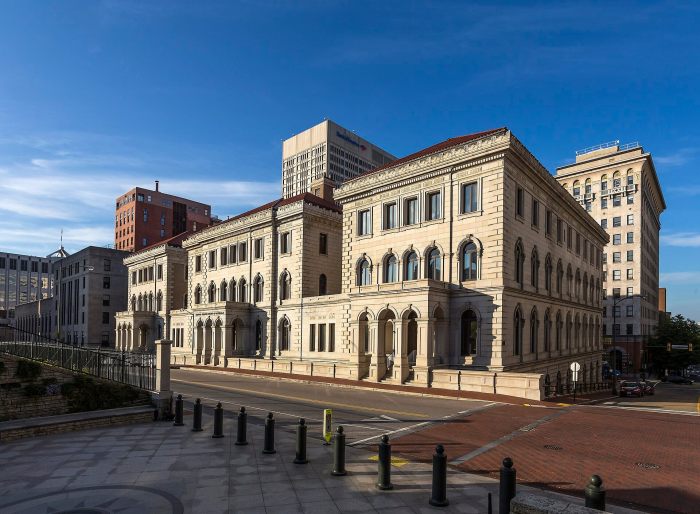By Joe Anuta and Rebecca Henely
The Robert F. Kennedy until recently known as the Triborough Bridge turned 75 years old Monday, and the city reiterated how the mammoth structure changed the face of New York and displayed to the world a physical manifestation of American grit and determination.
“You can’t imagine New York City without it,” said David Moretti, executive vice president of Metropolitan Transportation Authority Bridges and Tunnels, who spoke at a news conference in the afternoon.
Moretti and the MTA partnered with the Greater Astoria Historical Society, at 35-20 Broadway, to commemorate the anniversary with a photo exhibit and a panel that spoke on the bridge’s history.
The black-and-white prints showed legions of construction crews in denim overalls and flat caps as they assembled the three bridges over a period of roughly seven years that connected Manhattan and the Bronx to Queens.
Robert Singleton, executive director of the historical society, offered astounding facts to the small audience: the wires used in the bridge, if stretched end to end, would reach halfway around the world. The amount of concrete in the structure could be used to pave a four-lane highway from New York City to Philadelphia. When it was built, the six-lane stretch from Randall’s Island to Harlem was the world’s largest vertical lift bridge — which can raise up to accommodate ships.
But more than the project’s unprecedented scope and size, the bridge’s legacy stems from when it was built.
Construction began Oct. 25, 1929, a mere four days before the stock market crash that triggered the Great Depression.
Aside from one instance during which construction was halted, the bridge was the most important Depression-era project in the country, according to Singleton.
“During the height of the Depression, communities across the nation were revitalized by this project,” he said at the news conference. “This was a triumph for the human spirit.”
Roughly 1,000 workers would be on the site on any given day, and steel mills and other factories provided the raw materials for the bridge.
In the evening, representatives from Bridges and Tunnels, the Regional Plan Association and historians from each of the three boroughs that the bridge connects held a panel on the bridge’s history.
Queens historian Jack Eichenbaum said for urban planner Robert Moses, who took over the project after it was halted, the bridge was a way to see his dream of an automobile-centric city fulfilled, which may have destroyed the possibility of making the then-suburban Queens too dependent on subways as it grew.
He said the connection of the Triborough at Hoyt Avenue in Astoria with the Grand Central Parkway encouraged the move of the black middle class from Harlem to East Elmhurst after rich white residents left the area following the creation of the highway, making it easy for the new residents to visit their old friends in upper Manhattan.
The bridge also served as an important connecting point between Queens and the Bronx after its creation, said Bronx historian Lloyd Utan. Astoria residents would use it to work in Bronx factories, and after World War II Bronx residents who could afford cars used it to move to the more suburban Queens.
Reach reporter Joe Anuta by e-mail at januta@cnglocal.com or by phone at 718-260-4566.

